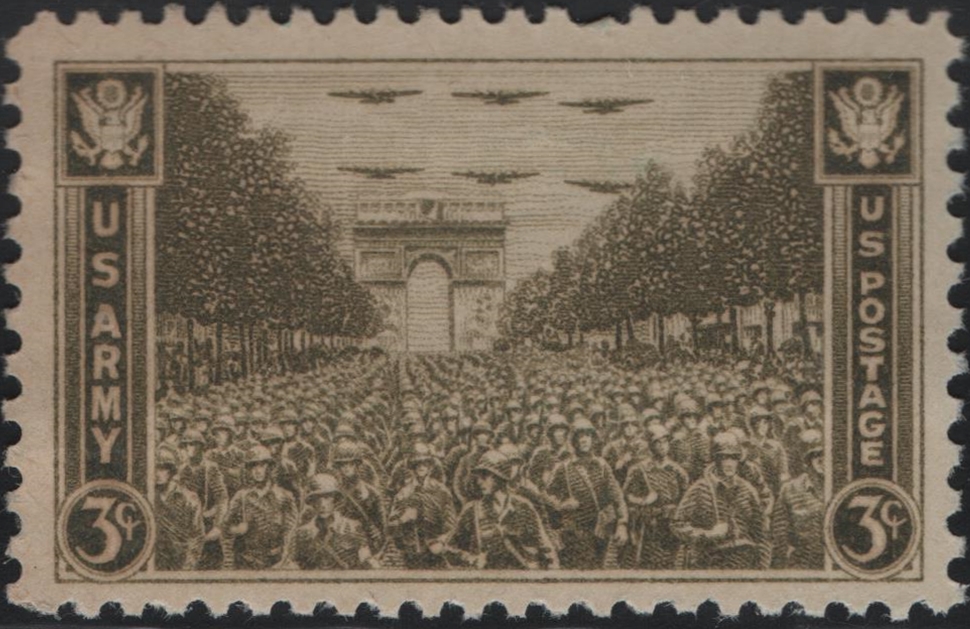Liberation of Paris

Upon word of the approach of General George Patton’s Third Army towards the outskirts of Paris, the French Forces of the Interior—part of the French Resistance—staged an uprising against the German garrison occupying the city.
Seven weeks after Operation Overland and the D-Day invasion of Normandy, on the night of August 24th, 1944, elements of General Philippe Leclerc’s 2nd French Armored Division made their way into Paris shortly before midnight.
The next morning, they would be joined by the bulk of the US 4th Infantry Division, whereupon Wehrmacht commander Dietrich von Choltitz surrendered to the French at the Hotel Meurice, the newly established headquarters of General Charles de Gaulle of the victorious French Army.
Despite scattered attempts at scorched earth and sabotage by the retreating Wehrmacht forces, when elements of the French, British and American armies poured into the city, Parisians responded with cheers, wine and kisses.
Allied airmen flying low over the city saw little material damage, but after four years of German uniforms, jackboots, swastikas and Nazi salutes, Parisians were swept away by a tidal wave of jubilation and relief.
Approaching Notre Dame Cathedral by way of the Hotel de Ville, snipers opened fire at General de Gaulle’s motorcade. People in the crowds crouched down or ran for cover, while de Gaulle himself largely ignored the threat. When the snipers were put out of action, the city would see four straight days of celebration and parades.
Vive Paris. Vive de Gaulle. Vive La France.
